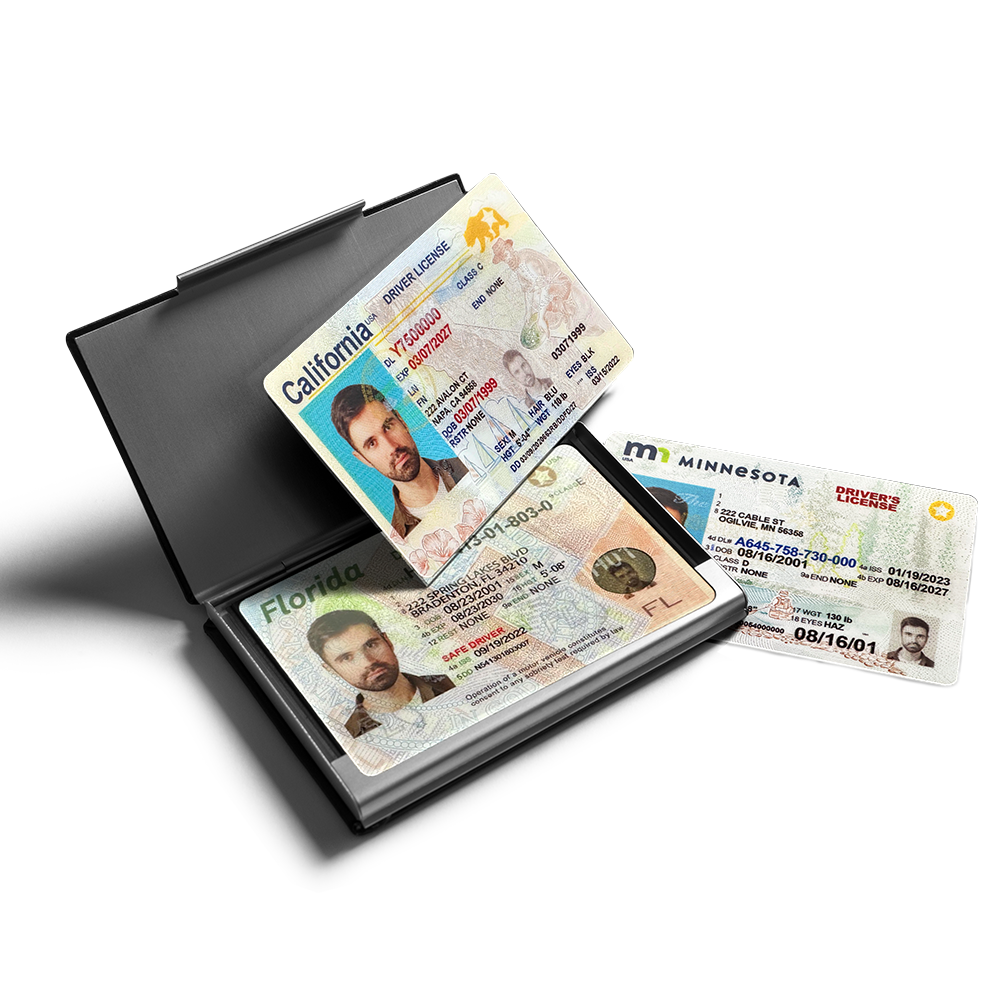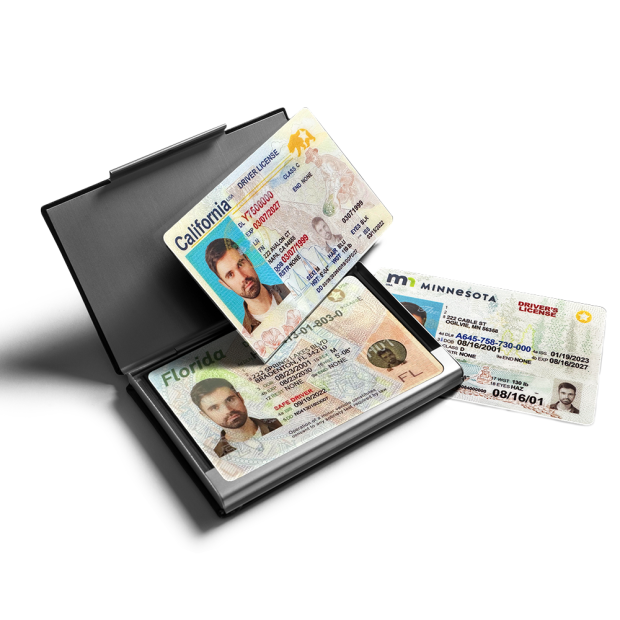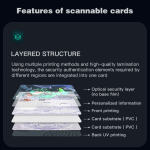Modern life demands seamless, secure interactions—whether boarding a flight, accessing government services, or verifying age at a pharmacy. Traditional physical identification methods, like plastic driver’s licenses or paper passports, once reliable, now face challenges: they can be lost, stolen, or forged. Enter two critical advancements reshaping how societies confirm identity: Real ID and contactless ID verification. This exploration uncovers how these systems intersect, adapt, and redefine trust in the digital age.
What is Real ID, and Why Does It Matter?
Enacted by the U.S. Congress in 2005, Real ID sets federal security standards for state-issued driver’s licenses and identification cards. Its primary goal? To create a more reliable form of identification for federal purposes, such as entering secure federal buildings or boarding domestic flights. By 2025, a Real ID-compliant card will be mandatory for these activities, alongside a U.S. passport or other federally accepted IDs.
States issue Real IDs with enhanced security features: laser-engraved images, machine-readable zones, and unique serial numbers. Unlike standard licenses, Real IDs require applicants to provide proof of identity (e.g., birth certificate), Social Security number, and two documents verifying residency. This rigorous vetting reduces fraud risks, making Real IDs a cornerstone of national security infrastructure.

Contactless ID Verification: Beyond Physical Cards
Contactless ID verification refers to methods that confirm a person’s identity without physical contact with a card, document, or device. These systems rely on digital or biometric data, enabling faster, more hygienic checks—critical in a post-pandemic world where minimizing touchpoints is a priority.
Current contactless methods include:
- Facial Recognition: Cameras capture a person’s facial features, matching them to a stored biometric template (not a full image) in a secure database.
- Mobile ID Apps: Platforms like Apple Wallet or state-specific apps (e.g., Arizona’s MVD Now) store digital versions of Real IDs, accessible via smartphones.
- QR Code Scanning: Encrypted QR codes, displayed on phones or printed documents, contain verified identity data scanned by authorized readers.
- Voice Biometrics: Unique vocal patterns are analyzed to confirm identity, often used in call centers or remote verification scenarios.
These tools offer convenience—no fumbling for wallets—and reduce the risk of physical ID theft. For businesses, they streamline check-in processes; for users, they eliminate the stress of lost cards.
Emerging Technologies Shaping Contactless Systems
While current contactless methods work, innovation continues to push boundaries. Here’s what’s on the horizon:
AI-Driven Liveness Detection
Facial recognition systems now use AI to detect “spoofs”—attempts to trick the system with photos, videos, or masks. Advanced algorithms analyze micro-movements (e.g., eye blinks, head tilts) or 3D depth data to ensure a live person is present, not a static image.
3D Facial and Palm Vein Scanning
Traditional 2D facial scans can be fooled by high-quality masks. 3D scanning, using structured light or infrared sensors, captures depth and texture, creating a more detailed biometric profile. Similarly, palm vein recognition maps the unique pattern of veins under the skin, invisible to the naked eye but detectable via near-infrared light.

Blockchain for Data Integrity
Blockchain technology, known for its tamper-proof ledgers, is being tested to store identity data. By distributing encrypted records across a network, blockchain reduces reliance on central databases, making it harder for hackers to access or alter information. Users could also control which entities access their data, enhancing privacy.
IoT Integration
Smart devices—from cars to home assistants—are becoming part of the verification ecosystem. For example, a car might authenticate a driver via in-seat biometric sensors, while a smart doorbell could verify a visitor’s identity using facial recognition before unlocking the door.
Bridging Real ID with Contactless Innovation
Real ID’s success hinges on adaptability. States are already integrating contactless features into Real ID systems. For instance, Oklahoma’s “OKlahoma Digital ID” app lets residents store their Real ID on their phones, scanable via QR code at airports or government offices. California’s “Digital Driver’s License” pilot uses near-field communication (NFC) to share encrypted data with readers, avoiding direct data exposure.
These integrations address a key challenge: ensuring contactless systems meet Real ID’s strict security standards. By embedding Real ID’s verification requirements into digital platforms, states maintain federal compliance while offering modern convenience.
Common Concerns and Practical Solutions
As contactless ID verification grows, users and businesses often ask:
- “Is contactless verification less secure than physical IDs?”
Modern contactless systems use encryption, biometric templates (not raw images), and multi-factor authentication (e.g., combining facial scans with a PIN). These layers make them harder to hack than physical cards, which can be copied or stolen. - “What if I don’t own a smartphone? Will I be excluded?”
Hybrid systems—where physical Real IDs remain valid alongside digital options—ensure accessibility. States also offer support for older adults or low-tech users, such as in-person enrollment centers or assistive devices at verification points. - “Do contactless methods work across different states or countries?”
Interoperability is a focus. The U.S. Department of Homeland Security (DHS) is standardizing digital ID frameworks, while international efforts like the International Civil Aviation Organization (ICAO) promote global compatibility for travel. - “What happens if my biometric data is stolen?”
Biometric data is rarely stored as raw images or scans. Instead, algorithms convert it into unique numerical codes (templates) that can’t be reversed into usable biometric data. Additionally, strict laws (e.g., the California Consumer Privacy Act) require companies to secure and limit access to this information. - “Can contactless systems be hacked?”
No system is 100% hack-proof, but regular security audits, AI-driven threat detection, and updates to encryption protocols minimize risks. For example, banks using facial recognition often pair it with SMS codes or fingerprint scans for added protection.
As technology evolves, so too will the ways we prove who we are. Real ID, with its focus on security, and contactless verification, with its emphasis on convenience, are not competitors—they’re partners. Together, they’re building a future where identity checks are both bulletproof and effortless, ensuring trust in every interaction, digital or physical.



